Description from Incollect
Product Information
Swedish architect and furniture designer Axel Einar Hjorth served as the lead designer for Sweden’s Nordiska Kompaniet department store from 1926 to 1938. During this time, Hjorth designed the “Sportstugemöbler” series, (which translates to “sports cabin furnishings”) a collection of wooden furniture designed for country homes. The various models in the sportstugemöbler series took their names from the Stockholm archipelago – including Blidö, Lovö, and famously, Utö. These Utö chairs were designed in 1932 as part of the collection. Unlike the department store’s interiors for floors and villas in the cities, the Utö designs had a simple character with robust and simple basic shapes in solid pine. Accordingly, the design of these chairs focuses on simple lines and the material itself. Made of pine wood, these chairs are strong, reflecting Hjorth’s principles according to which he mixed the ideals of the modernist movement with provincial Swedish traditions, producing a unique and primitive modernism. As a result, the design of this set of three has a completely unique and headstrong primitive modernism. Each chair demonstrates a conscious construction aesthetic, where the joinery and fittings related to traditional craftsmanship are emphasized. Dominated by rounded, straight lines, the chairs have spindle backrests and ergonomically carved seats. The design eludes harmony and stability, fitting the government’s summer cabin concept perfectly.
Hjorth’s aesthetic alludes to both the traditional simplicity of the common people and the radical aesthetics of international modernism. The ‘sports cottage furniture’ that these dining chairs are part of, also had an influence on the designer’s contemporaries and inspired Carl Malmsten among others. In an international perspective, Hjorth’s “sportstugemöbler” series was the forerunner of later pioneering designers such as Charlotte Perriand. It is therefore no surprise that these Utö chairs became part of Swedish and international modernist design history. In their time, the pieces of the Utö collection may have appeared as pioneering and radical, but today they are viewed as status symbols in interiors of international character.
Condition: In good vintage condition. Wear consistent with age and use. Some marks and stains on the wood.
18.89 in W x 18.3 in D x 31.49 in H; Seat height 16.92 in
48 cm W x 46.5 cm D x 80 cm H; Seat height 43 cm
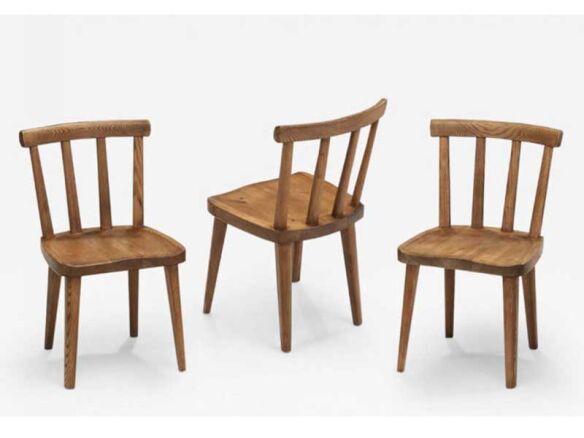
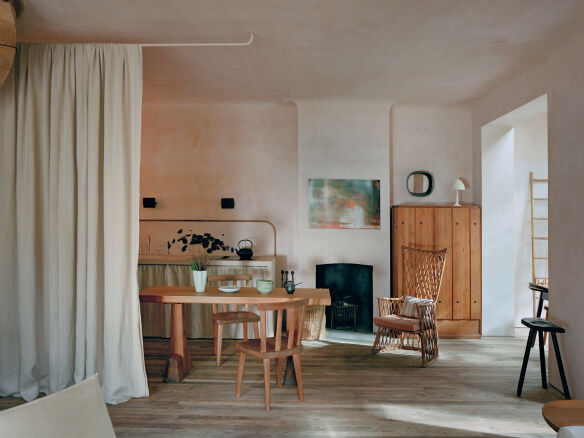
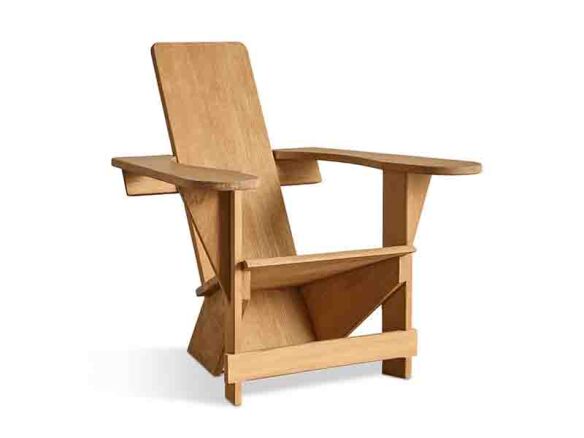
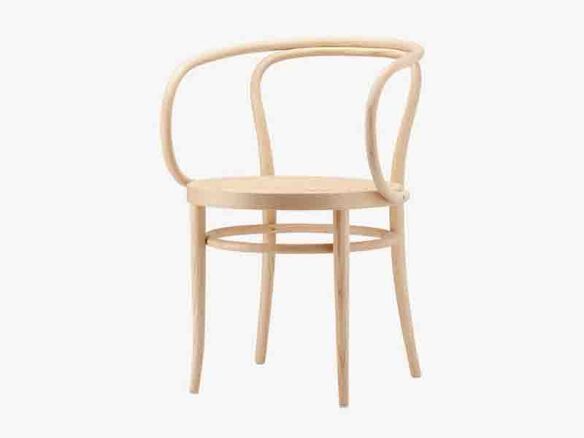
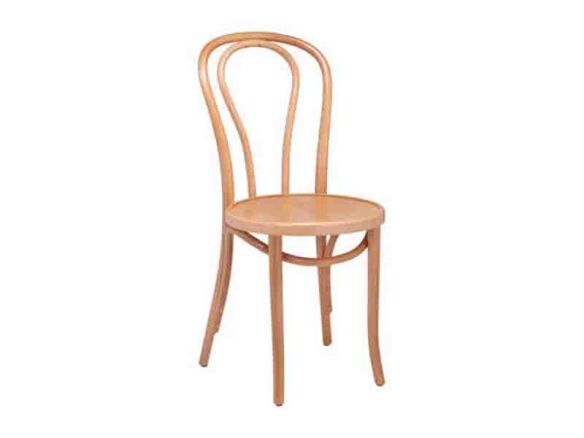
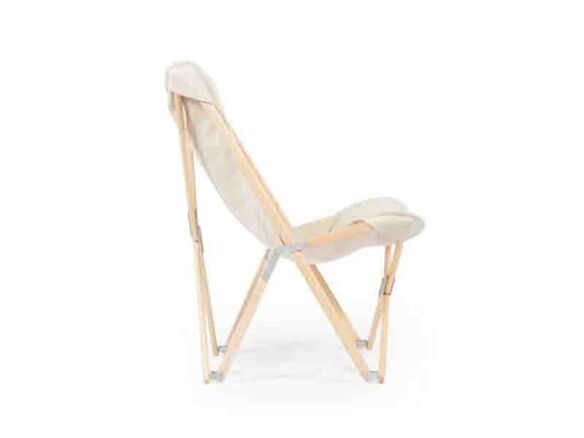
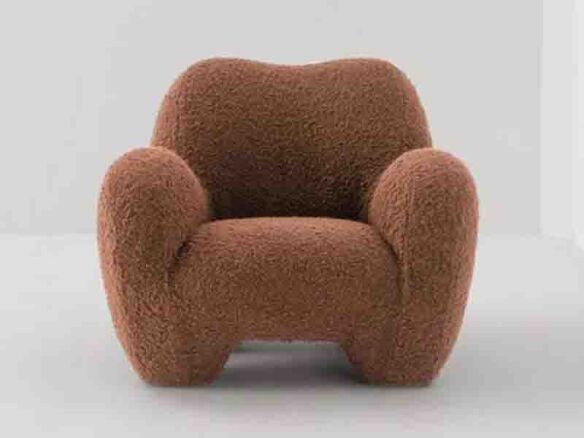
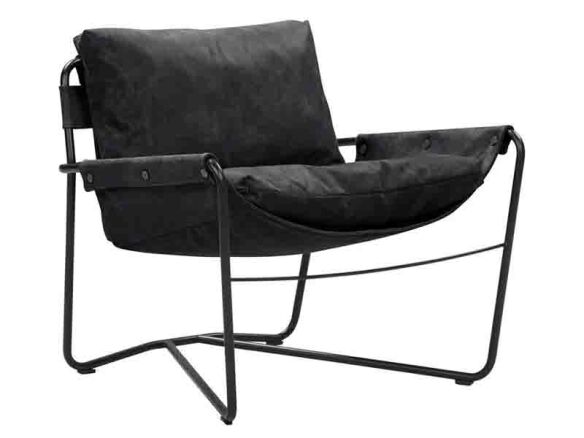
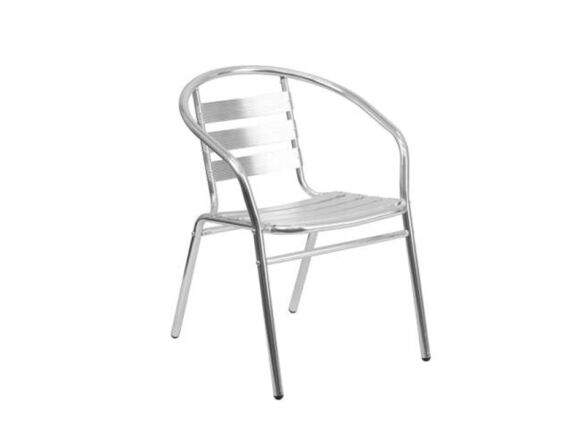
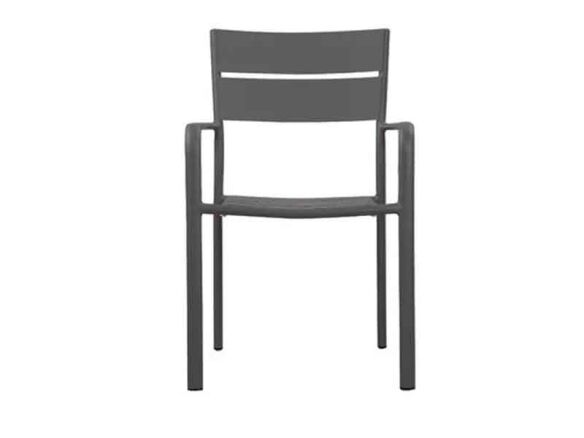

Have a Question or Comment About This Product?
Join the conversation